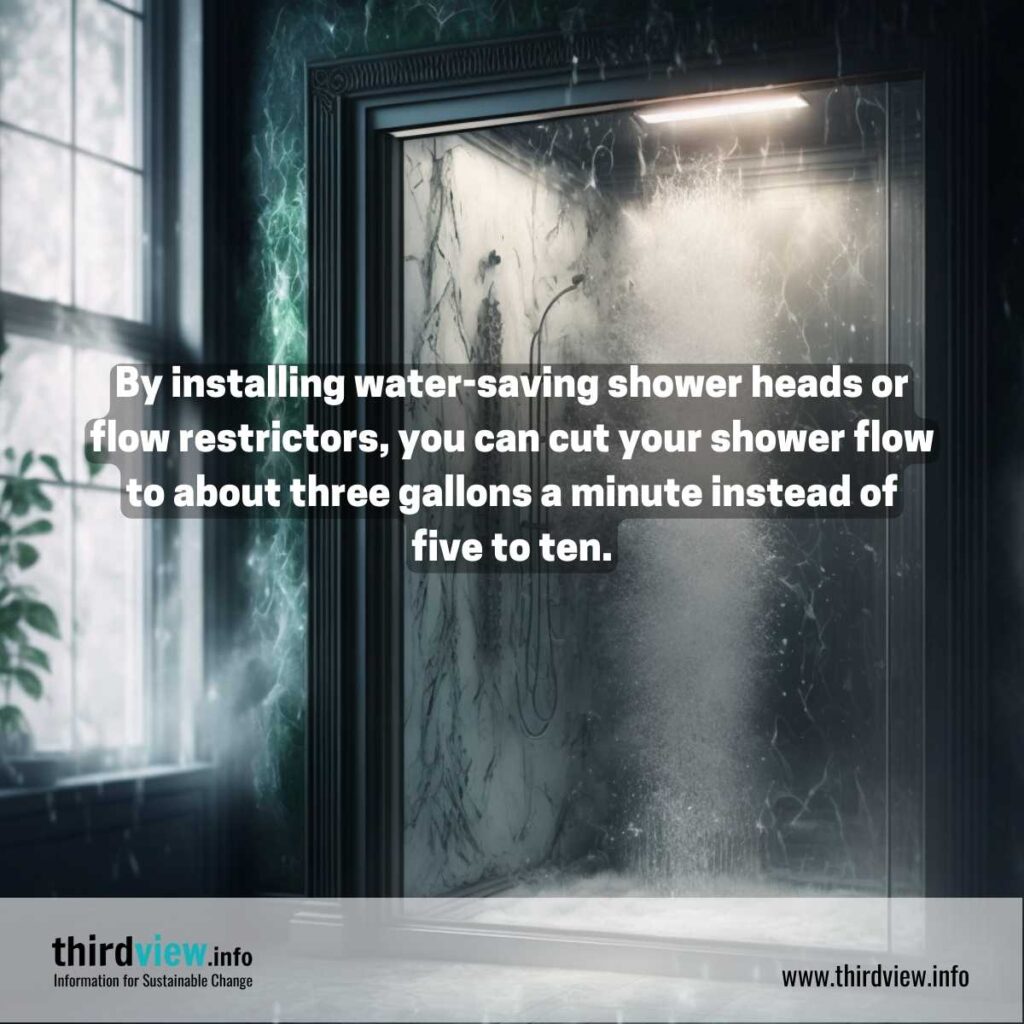Rumored Buzz on Reclaim Waste
Rumored Buzz on Reclaim Waste
Blog Article
The Single Strategy To Use For Reclaim Waste
Table of ContentsOur Reclaim Waste DiariesThe Ultimate Guide To Reclaim WasteSome Of Reclaim Waste5 Easy Facts About Reclaim Waste DescribedEverything about Reclaim Waste
Residential sewage waste refers to the waste and products from a residential septic storage tank. The proper monitoring and disposal of residential sewer waste require fluid waste to be transferred to a sewage treatment plant where the correct methods and devices are used to purify and dispose of waste.
Industrial waste often consists of possible hazards, such as combustible products or a mix of fluid and solid waste products, and needs an advanced and thorough disposal procedure. The disposal of commercial waste normally entails the filtration of waste before transport to make certain safe and appropriate disposal. Hazardous waste is produced from byproducts and runoff of industrial processes and production.
This type of waste can not utilize the exact same sewer monitoring transport or procedures as septic or business fluids. The commercial waste administration procedure needs the assessment and testing of fluid waste prior to it goes through the disposal process (liquid waste removal). Drainage waste is the liquid waste that comes from runoff and excess stormwater in extremely booming locations or cities
Runoff waste can cause contamination and flooding if not handled properly. Making certain proper waste administration can protect against catastrophes and lower ecological harm.
Top Guidelines Of Reclaim Waste
Contact PROS Solutions today to discover our waste management and disposal services and the appropriate means to care for the fluid waste you generate.
(https://giphy.com/channel/reclaimwaste1)This so-called 'wastewater' is not just an important source however, after treatment, will be released to our land, rivers or the ocean. Used water from toilets, showers, baths, kitchen sinks, washings and commercial processes is recognized as wastewater.

water made use of to cool equipment or clean plant and tools). Stormwater, a form of wastewater, is drainage that flows from farming and city areas such as roofings, parks, yards, roads, paths and gutters right into stormwater drains pipes, after rain. Stormwater moves unattended directly to regional creeks or rivers, eventually reaching the sea.
Some Known Facts About Reclaim Waste.
In Queensland, a lot of wastewater is treated at sewage treatment plants. Wastewater is transferred from residential or commercial websites via a system of sewers and pump stations, called sewerage reticulation, to a sewage treatment plant. Local governments build, preserve and operate most sewage therapy plants. Operators are accredited under the Environmental Defense Act 1994 to release cured wastewater at an appropriate ecological criterion right into rivers.
The Department of Natural Resources recommends city governments concerning handling, operating and keeping sewage systems and therapy plants. In unsewered areas, city governments may call for homeowners to install individual or house sewer treatment systems to deal with domestic wastewater from toilets, kitchens, shower rooms and washings. The Department of Natural Resources authorises making use of family systems when they are verified to be effective.
Most stormwater obtains no treatment. In some brand-new subdivisions, therapy of some stormwater to eliminate clutter, sand and gravel has started using gross toxin traps. Wastewater therapy happens in 4 phases: Removes solid issue. Bigger solids, such as plastics and other things incorrectly released to drains, are removed when wastewater is travelled through screens.
Utilizes little living microorganisms knows as micro-organisms to damage down and remove staying liquified wastes and great particles. Micro-organisms and wastes are included in the sludge.
Reclaim Waste - The Facts
Nutrient elimination is not readily available at all sewage therapy plants because it requires expensive specialized tools. Clear click over here liquid effluent created after treatment might still include disease-causing micro-organisms - liquid waste disposal melbourne.

This generally suggests wastewater has actually to be treated or pollutants eliminated before it can be released to rivers. The majority of wastewater streams right into the sewage system. Under the Act, regional governments carry out approvals and licences for eco appropriate activities (Periods) including wastewater releases that could have a neighborhood influence. The division provides approvals and licences to Periods involving wastewater launches that might have a local or statewide effect.
The Facts About Reclaim Waste Uncovered
Monitoring supplies valid details concerning water top quality and can confirm that licence problems are being fulfilled. The details gotten via monitoring provides the basis for making water quality decisions.
Report this page